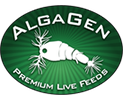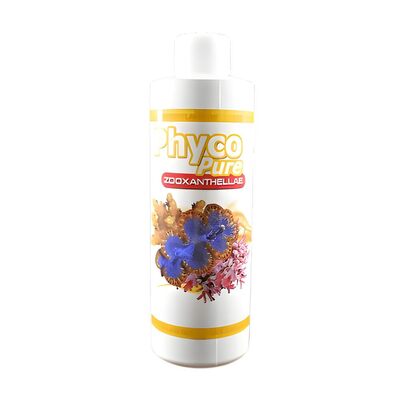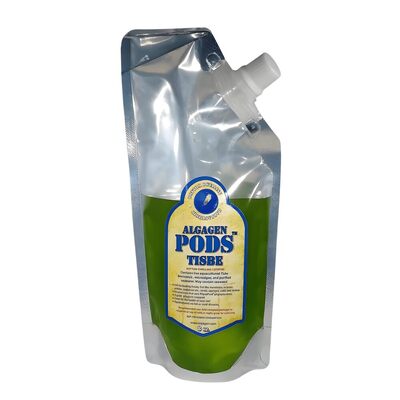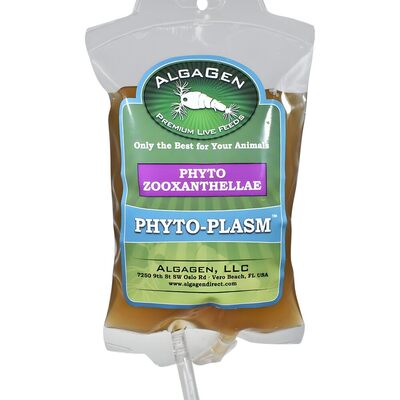A vibrant and thriving reef tank is not just about the beautiful fish and corals; it's also about maintaining a healthy and balanced ecosystem. One of the critical components to achieving this balance is the introduction of pods for reef tanks. These tiny crustaceans play a crucial role in maintaining water quality, providing a natural food source, and supporting the overall health of your marine environment. This article will explore pods, their benefits, and how to choose the best pods for your reef tank.
What Are Pods?
Pods, short for copepods and amphipods, are small crustaceans essential to marine ecosystems. They are a part of the zooplankton family and are commonly found in both saltwater and freshwater environments. In reef tanks, pods serve as both scavengers and a vital part of the food chain.
Types of Pods for Reef Tanks
Several types of pods are beneficial for reef tanks, each with unique characteristics and roles:
- Copepods: These are smaller and typically range from 0.5 to 2 millimeters. They are often free-swimming and are a crucial food source for many reef inhabitants, including fish larvae and small invertebrates. Common types include Tisbe, Tigriopus, and Acartia copepods.
- Amphipods: Larger than copepods, amphipods range from 2 to 10 millimeters and have a more robust, shrimp-like appearance. They are scavengers that feed on detritus, leftover food, and algae, helping to keep the tank clean.
- Isopods: Less common in reef tanks but can also be beneficial. They are typically found on the tank's substrate or within live rock, feeding on detritus and algae.
Benefits of Pods for Reef Tanks
Natural Cleaners
One of the primary benefits of adding pods to your reef tank is their role as natural cleaners. Pods feed on detritus, uneaten food, and algae, helping to maintain water quality and reduce the need for frequent manual cleaning. Their scavenging behavior helps to break down organic waste, preventing the build-up of harmful substances that can negatively impact the tank's inhabitants.
Enhancing Biodiversity
Introducing pods into your reef tank significantly enhances its biodiversity. They provide a continuous, natural food source for various tank inhabitants, including fish, corals, and other invertebrates. This natural diet can lead to healthier and more vibrant fish and corals, contributing to a more dynamic and balanced ecosystem.
Supporting the Food Chain
Pods play a crucial role in the aquarium food chain. They are a primary food source for many reef fish and invertebrates, particularly those with smaller mouths, such as mandarin fish and dragonets. By providing a steady supply of live, nutritious food, pods help support these species' growth and reproductive success.
Indicators of Water Quality
The presence and health of pod populations can also indicate water quality in your reef tank. A thriving population of pods suggests that the water conditions are stable and that the tank's ecosystem is well-balanced. Conversely, a decline in pod numbers may indicate potential issues with water quality or tank maintenance that must be addressed.
How to Choose the Best Pods for Your Reef Tank
Understanding Your Tank's Needs
Before introducing pods to your reef tank, it's essential to understand the specific needs of your tank's inhabitants. Different species of fish and corals may have varying dietary requirements and preferences for certain types of pods. Research the nutritional needs of your tank's inhabitants and choose pods that will best meet those needs.
Types of Pods to Consider
Here are some types of pods to consider for your reef tank:
- Tisbe Pods: Small, hardy copepods that are excellent for feeding fish larvae and small invertebrates. They are also effective at consuming detritus and algae, making them an excellent choice for maintaining water quality.
- Tigriopus Pods: These larger copepods are visible to the naked eye and are often used as live food for fish and corals. They thrive in various conditions and can help clean up the tank by consuming waste.
- Amphipods: Scavengers that feed on organic debris, leftover food, and algae. They are an excellent food source for larger fish and invertebrates and play a significant role in keeping the tank clean.
-
Acartia Pods: Known for their rapid reproduction, these copepods are a favorite food for many reef fish and corals. They are instrumental in supporting the dietary needs of filter-feeding corals.
Sourcing Quality Pods
When purchasing pods for your reef tank, choosing a reputable supplier is crucial. Look for suppliers that provide high-quality, live cultures free from contaminants. Fresh and healthy pods are likelier to establish themselves in your tank and contribute positively to its ecosystem.
Acclimating and Introducing Pods
Proper acclimation is essential for successfully introducing pods into your reef tank. Gradually mix the water from your tank with the water in the pod culture over an hour or two to minimize stress and shock to the pods. Once acclimated, introduce the pods into the tank, preferably in areas with ample hiding places and food sources, such as near live rock or within refugiums.
Tips for Maintaining a Healthy Pod Population
Creating a Suitable Habitat
To thrive, pods need a habitat with plenty of hiding places and a steady food supply. Live rock, macroalgae, and refugiums provide excellent habitats as they offer shelter and sustenance for the pods. Maintaining a healthy growth of algae and detritus ensures that pods have ample food to sustain their population.
Supplementing Their Diet
While pods are effective detritivores, supplementing their diet with phytoplankton or microalgae can help sustain a robust population. Phytoplankton are microscopic plants forming the base of many aquatic food webs and are readily consumed by pods. Adding phytoplankton to your tank provides a rich food source supporting these crustaceans' growth and reproduction.
Monitoring and Managing Populations
Regularly monitor the population dynamics of pods in your reef tank. Check their numbers and activity levels to ensure they are thriving. If you notice a decline in pod populations, replenish them by adding fresh cultures or adjusting tank conditions to support their needs better.
Creating a Refugium
Consider setting up a refugium within your tank system. A refugium is a separate area within the tank where pods can live and breed without the threat of predation. This controlled environment can serve as a continuous supply of pods for the main tank, ensuring a steady and sustainable population.
Avoiding Over-Population of Predators
In tanks with a high population of pod-eating species, it's essential to manage the number of predators to prevent the over-consumption of pods. This can be achieved by carefully selecting tank mates and providing ample food sources to reduce the pressure on pod populations.
Conclusion
Choosing the best pods for reef tanks involves understanding the specific needs of your tank's inhabitants and selecting the types of pods that will best support a balanced and thriving ecosystem. By introducing pods into your reef tank, you can enjoy numerous benefits, from natural cleaning and enhanced biodiversity to supporting the food chain and indicating water quality.
Maintaining a healthy pod population requires careful attention to tank conditions, regular monitoring, and providing suitable habitats and food sources. With the right approach, pods can significantly enhance the health and vitality of your reef tank, creating a vibrant and dynamic environment that supports the well-being of all its inhabitants. Whether you are a novice or an experienced aquarist, adding pods is a valuable step toward achieving a successful and flourishing reef tank.





Recent post